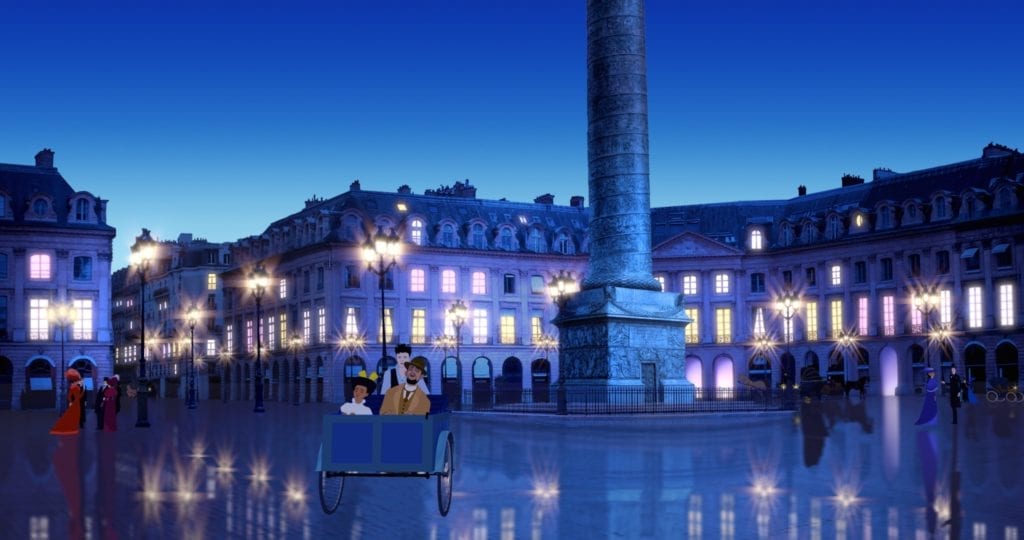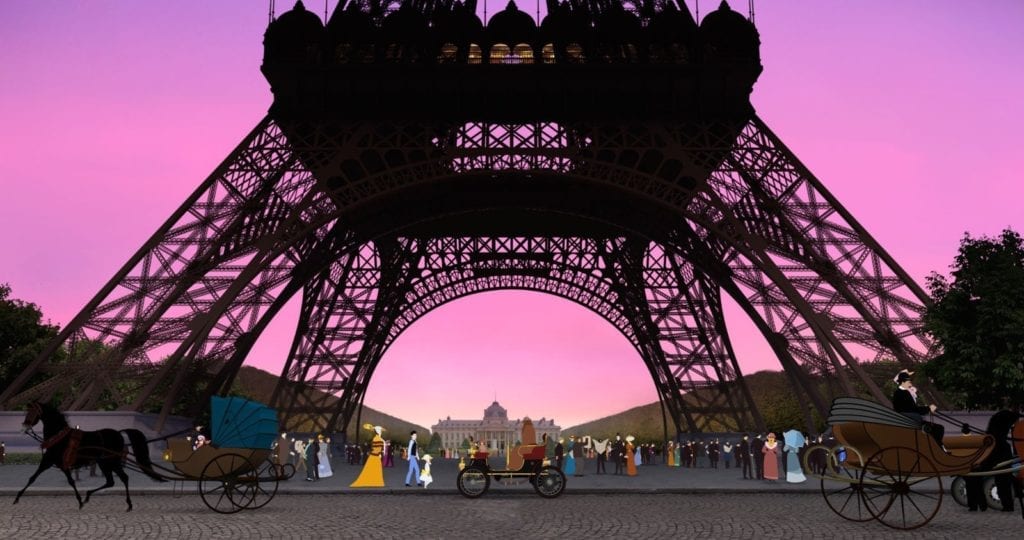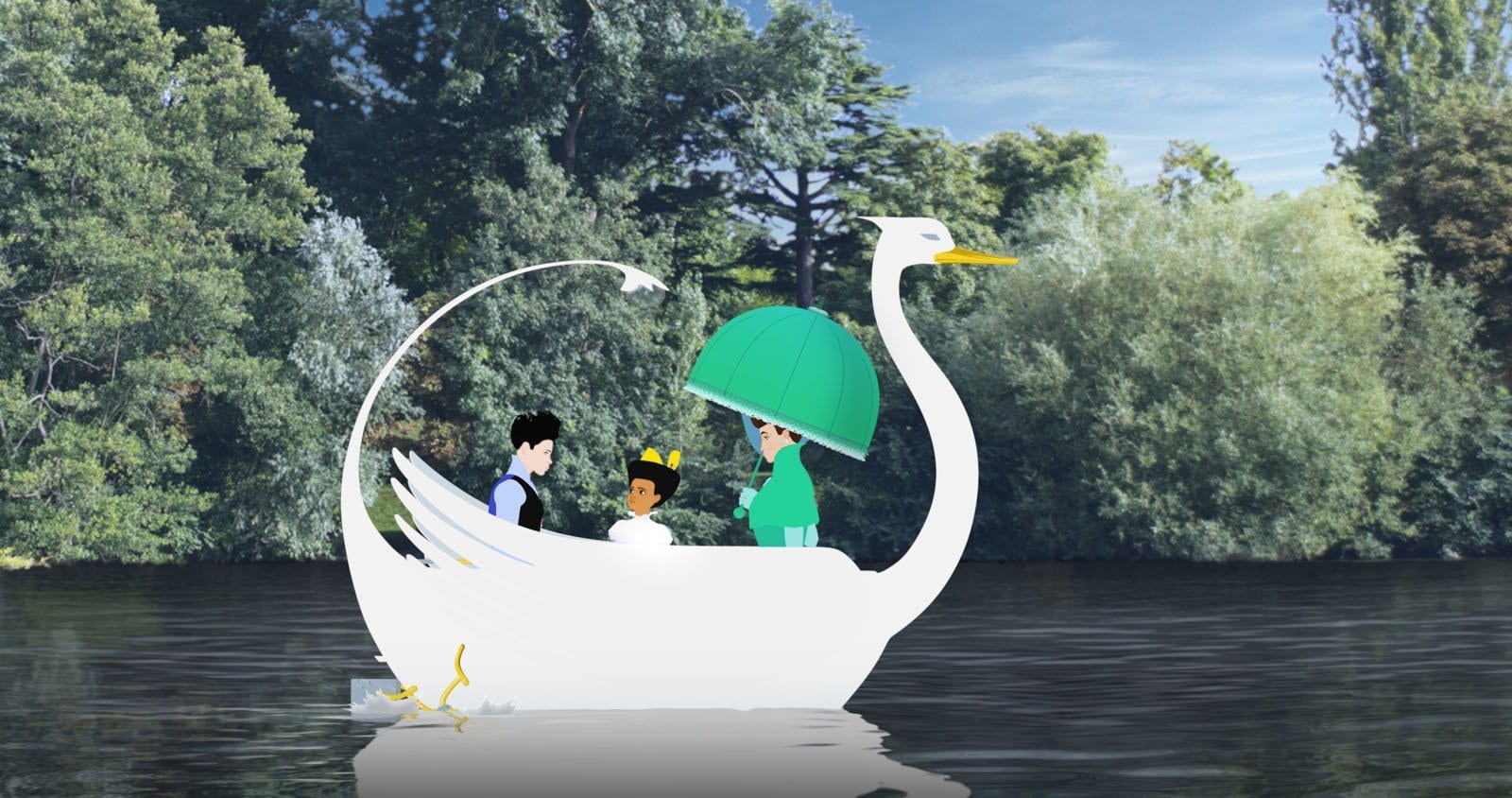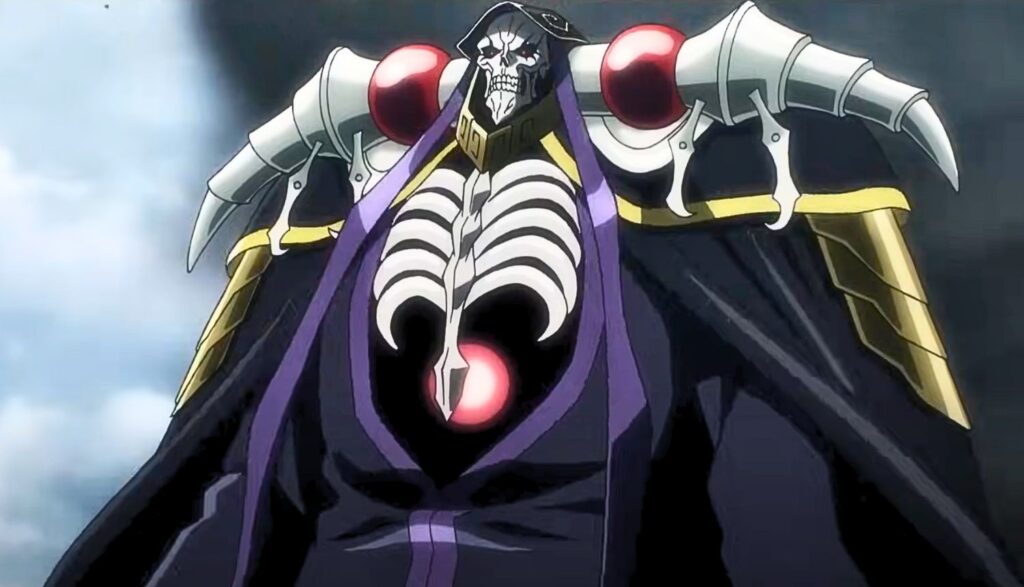Dilili in Paris is a celebration of fin de si?cle Paris. While it is an animated story of a young dark-skinned girl?s adventure, the core of the film is to meet some of the amazing men and women (especially women) of the Belle ?poque.
The center of the film is Dilili, a young girl from the South Seas, who is part of a cultural display, but has been well educated by Louise Michel (probably the first of many names you?ll want to look up). Dilili catches the eye of Orel, a young delivery boy, who offers to show her Paris on his tricycle. He doesn?t know that she has been taken in by a Countess. But soon the two are busy going all around (and under) the city.

But all is not well in Paris. Little girls are being kidnapped. Dilili wants to solve this mystery. Along the way she meets a wide range of people of the arts and sciences: Pasteur, Marie Curie, Picasso, Debussy, Monet, Renoir, Toulouse-Lautrec, Proust, Colette, Rodin, Eiffel, the future Edward VIII, and many others. Those are just some of the names I knew. Many others required some time in Wikipedia.
We discover that a male-dominant sect, the Male Masters, is behind the kidnapping. They want to force women into complete submission. With the help of Orel, opera singer Emma Calv?, and various others, Dilili liberates the kidnapped girls and the Male Masters are defeated.

But the plot is really just the vehicle for a journey to Belle ?poque Paris. The film is a bit Franco-centric in the choice of characters we meet. Early in the film Dilili started writing down the names of the people she met. I started doing the same, just to try to keep up. (I suggest you do the same.) And many of them (such as Gide, Chocolat, Anna de Noailles) were unknown to me. Even people who don?t appear as characters are often alluded to in posters or conversation. These include Jules Verne and the Lumi?re brothers (what movie about that time could not include them?). The film may take some liberties with time, but it really isn?t about a specific year, but a golden age.

Dilili in Paris is also a celebration of the place of women in the world. At the turn of the twentieth century, women were relegated to the background. They did not have power or votes. When we meet Colette she tells Dilili she has written books, but had to publish them under her husband?s name. The villains of the story, the Male Masters, represent not so much real people as society?s understanding of the inferiority of women. So writer/director Michel Ocelot makes a point of showing the many women who were doing important things. They may or may not have been recognized for their greatness, but as we look back, we know that there have always been women who have made such contributions to the arts and sciences. From over a century away, we may note that the contributions of women are still often buried in history. (Cf., Hidden Figures)
The film is in select theaters and available on VOD.
Photos courtesy of Samuel Goldwyn Films





